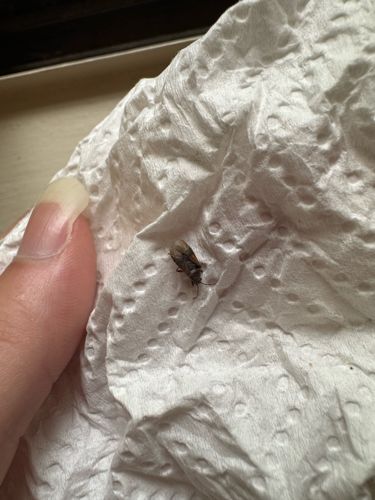Drain Fly (Moth Fly)
Scientific Name: Psychodidae
Order & Family: Diptera, Psychodidae
Size: 1.5 - 5 mm (0.06 - 0.2 inches)

Natural Habitat
Moist, organic-rich environments such as drains, sewers, septic tanks, compost, and rotting logs. Often found in bathrooms, kitchens, and basements.
Diet & Feeding
Larvae feed on decaying organic matter, sludge, algae, and microorganisms found in their breeding sites. Adults typically do not feed or feed on nectar/pollens.
Behavior Patterns
Adult drain flies are weak, erratic fliers and are often seen resting on walls near breeding sources. They are most active at night. Their life cycle is relatively short, from egg to adult takes about 1-3 weeks depending on conditions. Females lay eggs in gelatinous masses in moist organic films.
Risks & Benefits
Potential Risks: Can be a nuisance pest, especially when present in large numbers. While generally not considered a health risk, they can potentially carry bacteria from breeding sites to surfaces. In rare cases, inhalation of dead drain flies or their parts can trigger allergic reactions or asthma in sensitive individuals. Potential Benefits: Larvae play a role in breaking down organic matter in their ecosystems.
Identified on: 9/5/2025